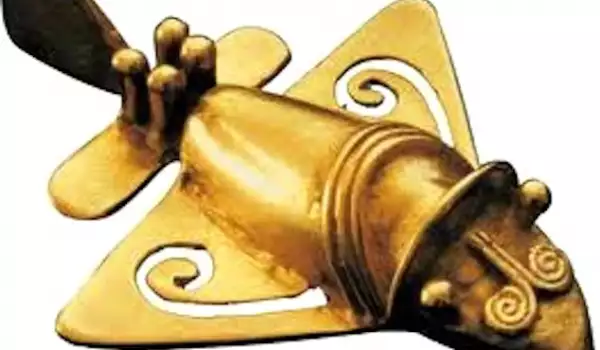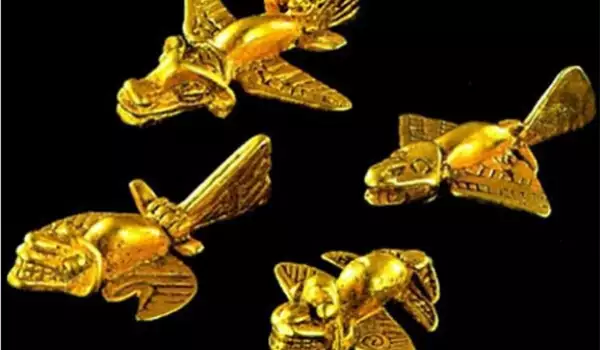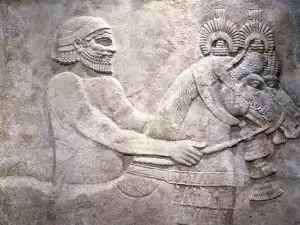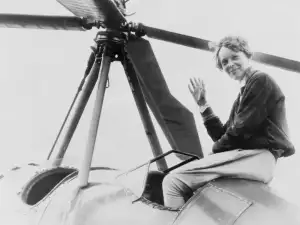The small golden figurines that once belonged to the Incas and so closely resemble modern-day airplanes continue to astound researchers, and the question of whether these ancient forms depicted an actual prototype remains.
The Incas inhabited the territory of South America, with the largest tribe living in the province of Tolima in what is now Colombia. The region was populated for hundreds of years.
It was also where the first airplane figurines were found, with scientists dating them to 1200 - 1500 years old. It is theorized that the Incas used them as nose and ear decorations but the big mystery remains as to why they look so much like modern airplanes.

Could the Incas have been trying to depict a flying machine that they had seen in their time or were they outstanding prophets, believing that one day man would be able to fly in the sky?
Mainstream archaeologists say that the decorations represent animals but nowhere in the animal kingdom have they found an animal to match the Incas' figurines.
In 1969, American jeweler Emanuel Staub gave the winged figure in his possession to his friend Ivan Sanderson, a famous zoologist and head of the Society for the Study of Unexplained Phenomenon.
Sanderson consulted several experts in aviation, and they, in turn, explained that the figures perfectly matched models of flying aircraft.
Similar figurines have been found not only in Colombia but in Venezuela and Peru as well.

Two German men, Algund Eenboom and Peter Belting, decided to see whether or not the figurines really did represent flying aircraft. They built exact copies of the figurines and tested their flight capabilities.
The copies were 16 times larger than the originals but the proportions and shape were recreated exactly. The results of the experiment were beyond remarkable.
The copies, besides being able to fly, were capable of complex maneuvers, just like any airplane. They could perform successful landings even during strong wind conditions, showing absolutely no aerodynamic flaws in their structure.











